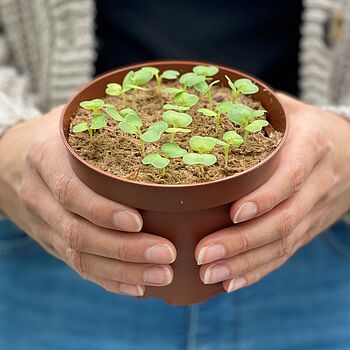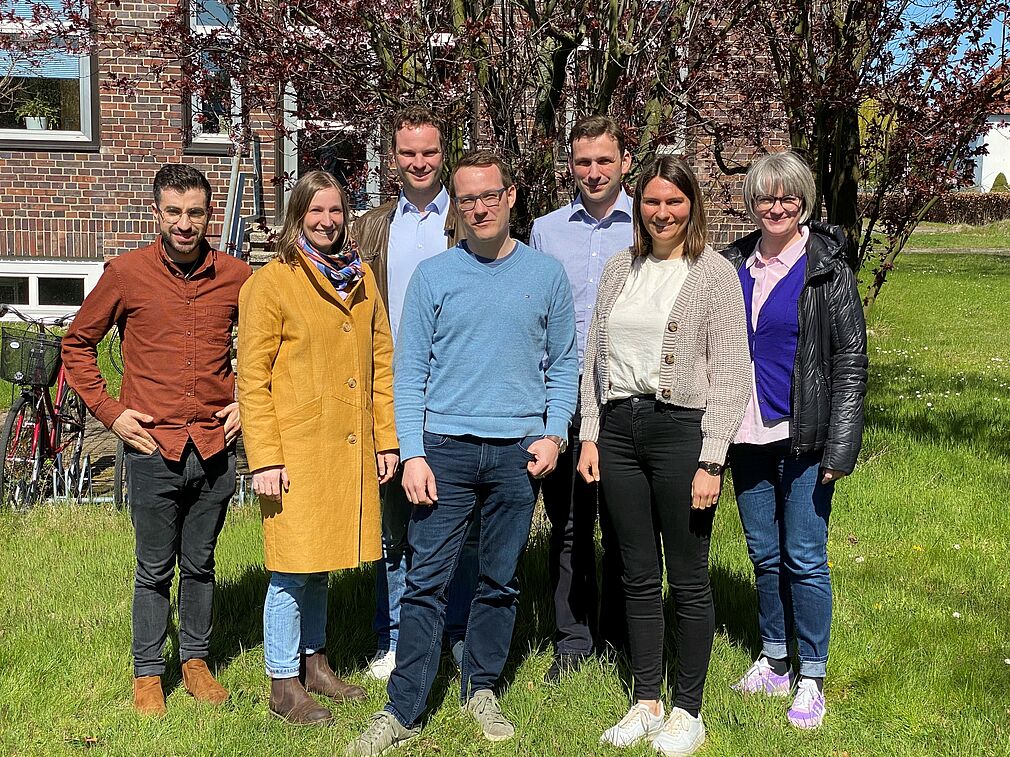Inhalt: Project details
Duration
09.2022 – 08.2025
JKI Project team
Institute for Plant Protection in Horticulture and Urban Green (G)
- Dr. Ute Vogler
(Contact person at JKI)
Tel: +49 (0)3946 47-7700
ute.vogler@julius-kuehn.de
The project "HoFaTo" is funded by the Federal Ministry of Food and Agriculture as part of the German Climate Protection Programme 2022.
HoFaTo is a collaboration project with the Johann Heinrich von Thünen Institute.
Inhalt: Production and use of wood fiber as a peat substitute (HoFaTo)
Background:
The reduction of peat extraction and peat use was identified in the Climate Protection Program 2030 as a suitable measure of climate protection policy, thereby promoting and supporting the protection of peat soils in the long term. GHG potential studies conducted to date have shown a very significant savings potential for the use of wood fiber in planting substrates compared to peat.
Challenges that need to be overcome when using wood fibers include increased microbial degradation of the fibers, which leads to nitrogen immobilization by the microorganisms, so that crop plants can suffer from nitrogen deficiency. Furthermore, the currently predominant use of coniferous wood leads to competing uses, which are likely to be exacerbated in the future by dwindling resources of spruce wood in Germany. On the other hand, there is considerable potential for the utilization of hardwoods, especially of additional tree species which are less important, but will be increasingly available in the future as a result of forest restoration and which are currently used almost exclusively for energy purposes.
Objectives:
The project therefore aims to produce wood fibers with improved resistance to microbial degradation and an increased nitrogen content in order to reduce nitrogen immobilization. In addition, the raw material base is to be expanded from the currently exclusively used coniferous wood to include hardwood and other fiber materials.


